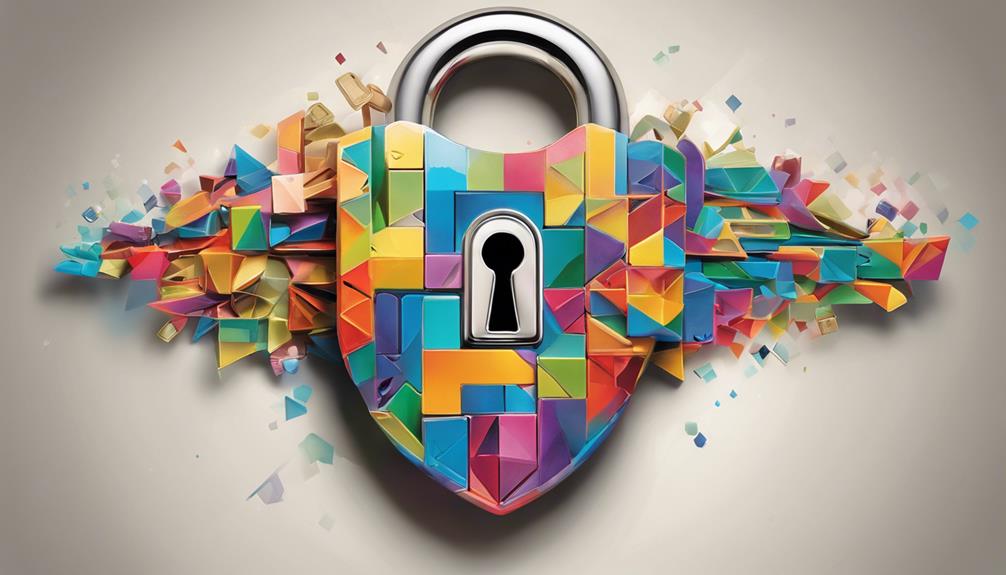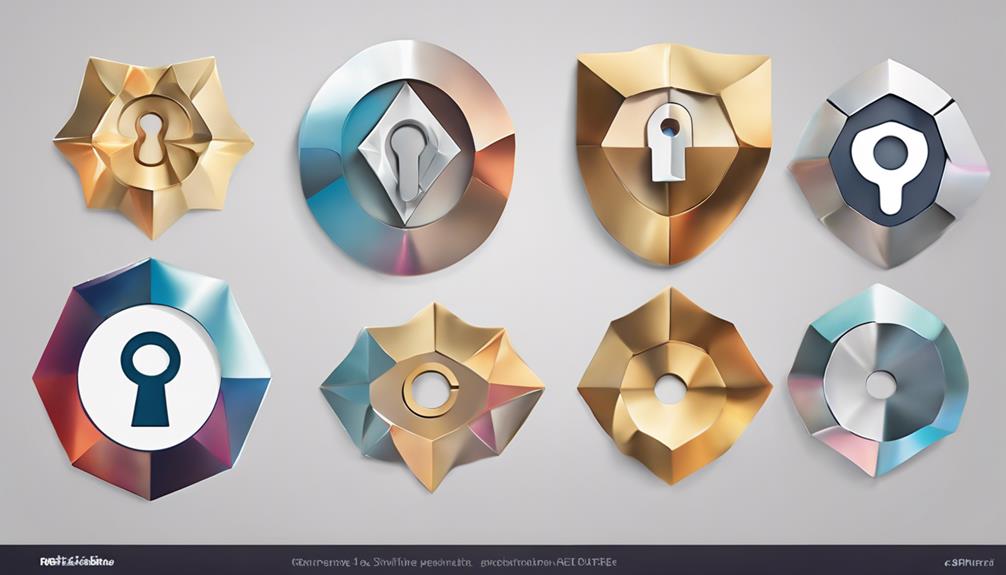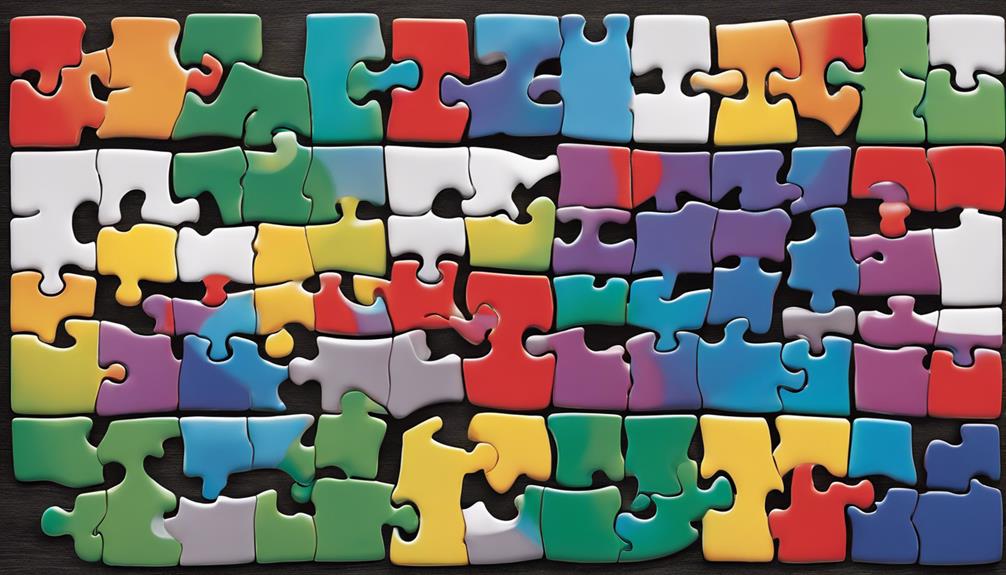When we delve into the specifics of the DISC Assessment Answer Key, we discover a wealth of valuable information that can improve our understanding of behavioral dynamics and interpersonal relationships.
By unraveling the intricacies of the DiSC acronym and its implications, we gain valuable insights into how different behavioral styles shape our interactions and influence our communication patterns.
Understanding these key elements not only sheds light on our own tendencies but also equips us with the tools to navigate various social scenarios with heightened awareness and effectiveness.
Key Takeaways
- Understand DiSC types for effective team communication and dynamics.
- Decode personality profiles to enhance self-awareness and communication strategies.
- Benefit from DiSC assessments for improved work environments and interpersonal interactions.
- Maximize results by tailoring communication, leveraging strengths, and working on highlighted areas for growth.
Understanding the DiSC Assessment Types
In comprehending the DiSC Assessment Types, individuals can gain valuable insights into the diverse behavioral characteristics and communication styles associated with each type.
The DiSC model categorizes individuals into four main types: Dominance, Influence, Steadiness, and Conscientiousness. Understanding these DiSC types is crucial for navigating team dynamics effectively.
Each type brings a unique set of strengths and preferences to the table, influencing how individuals communicate and approach tasks within a team setting.
Decoding DiSC Personality Profiles

Deciphering the intricacies of DiSC Personality Profiles unveils a roadmap to understanding individual behavior and communication tendencies within a team setting. DiSC assessments reveal a comprehensive view of an individual's behavior, shedding light on their strengths, weaknesses, and preferred methods of approaching tasks. By recognizing and acknowledging the different DiSC types, individuals can gain a deeper insight into how they interact with others and contribute to team dynamics. Understanding DiSC profiles fosters better self-awareness, enabling individuals to navigate interpersonal relationships more effectively.
| DiSC Type | Description | Communication Style |
|---|---|---|
| D | Dominance | Direct and assertive |
| I | Influence | Enthusiastic and persuasive |
| S | Steadiness | Patient and accommodating |
| C | Conscientiousness | Detail-oriented and systematic |
Analyzing DiSC Personality Profiles allows for a nuanced understanding of how each type contributes to the overall dynamics of a team. By grasping the intricacies of DiSC types, individuals can leverage their strengths, work on their weaknesses, and enhance their communication strategies to promote a harmonious team environment focused on collaboration and success.
Exploring DiSC Assessment Benefits
Exploring the benefits of the DiSC assessment reveals invaluable insights that empower individuals to enhance their leadership skills, communication effectiveness, and ability to manage stress within professional settings.
- Improved Work Environments: Over 40 million people have benefited from DiSC tools, leading to improved work environments by fostering better understanding and collaboration among team members.
- Enhanced Communication Style: The DiSC assessment focuses on communication enhancement, helping individuals tailor their communication style to interact more effectively with colleagues, clients, and superiors.
- Identifying Individual Behavior: Through the assessment process, which takes approximately 15 minutes, individuals gain insights into their behavior, strengths, and areas for development.
- Utilized in Various Work Scenarios: DiSC profiles are used by employers for initial hiring assessments, team-building exercises, performance evaluations, and to identify suitable candidates for sales positions.
The DiSC assessment stands as a powerful tool for personal and professional growth, enabling individuals to navigate the complexities of the workplace with heightened self-awareness and understanding of others.
Origins of the DiSC Assessment

The genesis of the DiSC Assessment can be traced back to William Moulton Marston's theory in 1928, laying the foundation for understanding behavioral styles in a professional context.
This personality assessment, known for its DiSC model, categorizes individuals into four primary behavioral styles: Dominance, Influence, Steadiness, and Conscientiousness.
By delving into individual behavior and communication preferences, the DiSC assessment provides a roadmap for leveraging individual strengths effectively. Understanding one's behavioral style through the DiSC assessment is key to enhancing communication, improving team dynamics, and fostering self-awareness.
It serves as a powerful tool for individuals and teams to navigate interpersonal relationships and work dynamics with greater insight and empathy. As individuals grasp their unique behavioral tendencies, they can tailor their approach to collaboration, conflict resolution, and leadership, ultimately enhancing personal and professional growth.
Maximizing DiSC Assessment Results
To maximize the effectiveness of DiSC assessment results, understanding how to leverage individual strengths and communication styles is essential for enhancing workplace dynamics and fostering personal growth. When aiming to make the most out of your DiSC profile, consider the following:
- Help Improve Communication: Utilize your DiSC assessment results to tailor your communication style to better resonate with different team members.
- Identify Strengths and Weaknesses: Use the insights from your profile to recognize where you excel and areas that may require development.
- Enhance Teamwork: Allocate tasks based on team members' strengths identified in their DiSC assessments to boost collaboration and efficiency.
- Promote Personal Development: Embrace the opportunity for continuous growth by actively working on the areas highlighted in your DiSC assessment to become a more well-rounded individual.
Frequently Asked Questions
How Should I Answer a DISC Assessment?
We should answer the DISC assessment honestly, reflecting our natural tendencies. This helps identify our dominant style and how we interact with others. Our responses guide the creation of a personalized profile, enhancing communication and teamwork.
What Is the Rarest Disc Profile?
The rarest DiSC profile is DC, blending Conscientiousness and Dominance. Individuals with this profile excel in precision and leadership. Their strategic thinking and focus on quality make them valuable team members.
What Is the Best Disc Profile for a Leader?
For leadership, the D (Dominance) style shines. Decisive, direct, and results-focused, D leaders excel in problem-solving and decision-making. They naturally lead, driving teams to success with action, efficiency, and goal achievement.
How Do I Get My DISC Assessment Results?
We get our DISC assessment results instantly after completing the test, providing a comprehensive view of our behavioral tendencies. Accessible online or through a facilitator, understanding these results enhances communication and personal growth.
Conclusion
In conclusion, the DiSC assessment is a powerful tool that offers valuable insights into our behavior and interactions.
Did you know that over 40 million individuals have benefited from DiSC tools worldwide?
Understanding our DiSC profile can lead to improved communication, enhanced leadership skills, and reduced stress levels.
By embracing the diversity of behavioral styles and utilizing the knowledge gained from the assessment, we can navigate relationships and situations with greater understanding and effectiveness.
Felicity, our Author, pens in-depth articles and guides that delve into the heart of personal discovery. Her narrative-driven approach weaves together theory, practice, and personal anecdotes, making the journey of self-exploration both relatable and inspiring. Felicity’s contributions help illuminate the path for those seeking a deeper understanding of themselves and their relationships.










